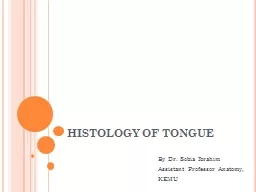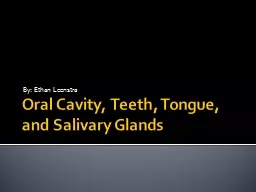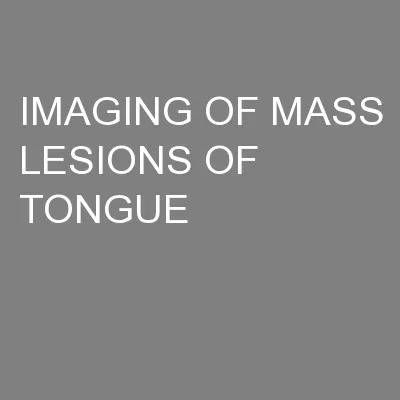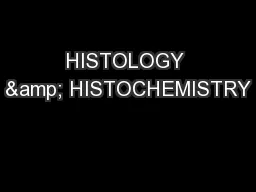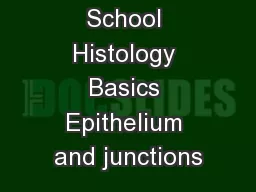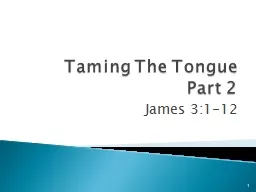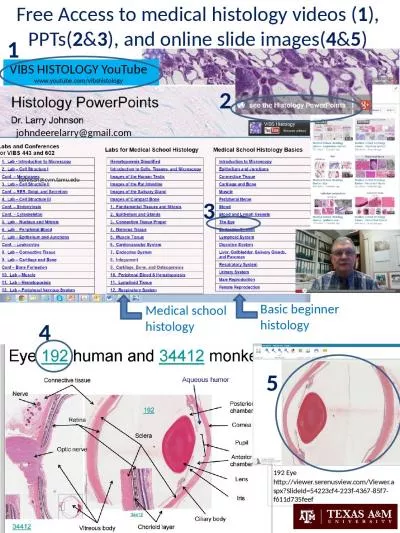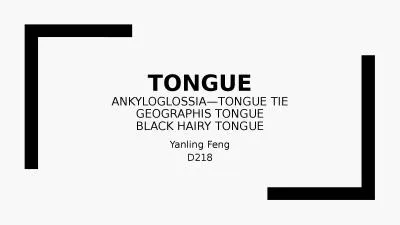PPT-HISTOLOGY OF TONGUE By Dr. Sobia Ibrahim
Author : nicole | Published Date : 2022-06-07
Assistant Professor Anatomy KEMU Tongue is a muscular organ projecting into the oral cavity from its inferior side Organ of speech Organ of taste It helps in swallowing
Presentation Embed Code
Download Presentation
Download Presentation The PPT/PDF document "HISTOLOGY OF TONGUE By Dr. Sobia Ibrahim" is the property of its rightful owner. Permission is granted to download and print the materials on this website for personal, non-commercial use only, and to display it on your personal computer provided you do not modify the materials and that you retain all copyright notices contained in the materials. By downloading content from our website, you accept the terms of this agreement.
HISTOLOGY OF TONGUE By Dr. Sobia Ibrahim: Transcript
Download Rules Of Document
"HISTOLOGY OF TONGUE By Dr. Sobia Ibrahim"The content belongs to its owner. You may download and print it for personal use, without modification, and keep all copyright notices. By downloading, you agree to these terms.
Related Documents

